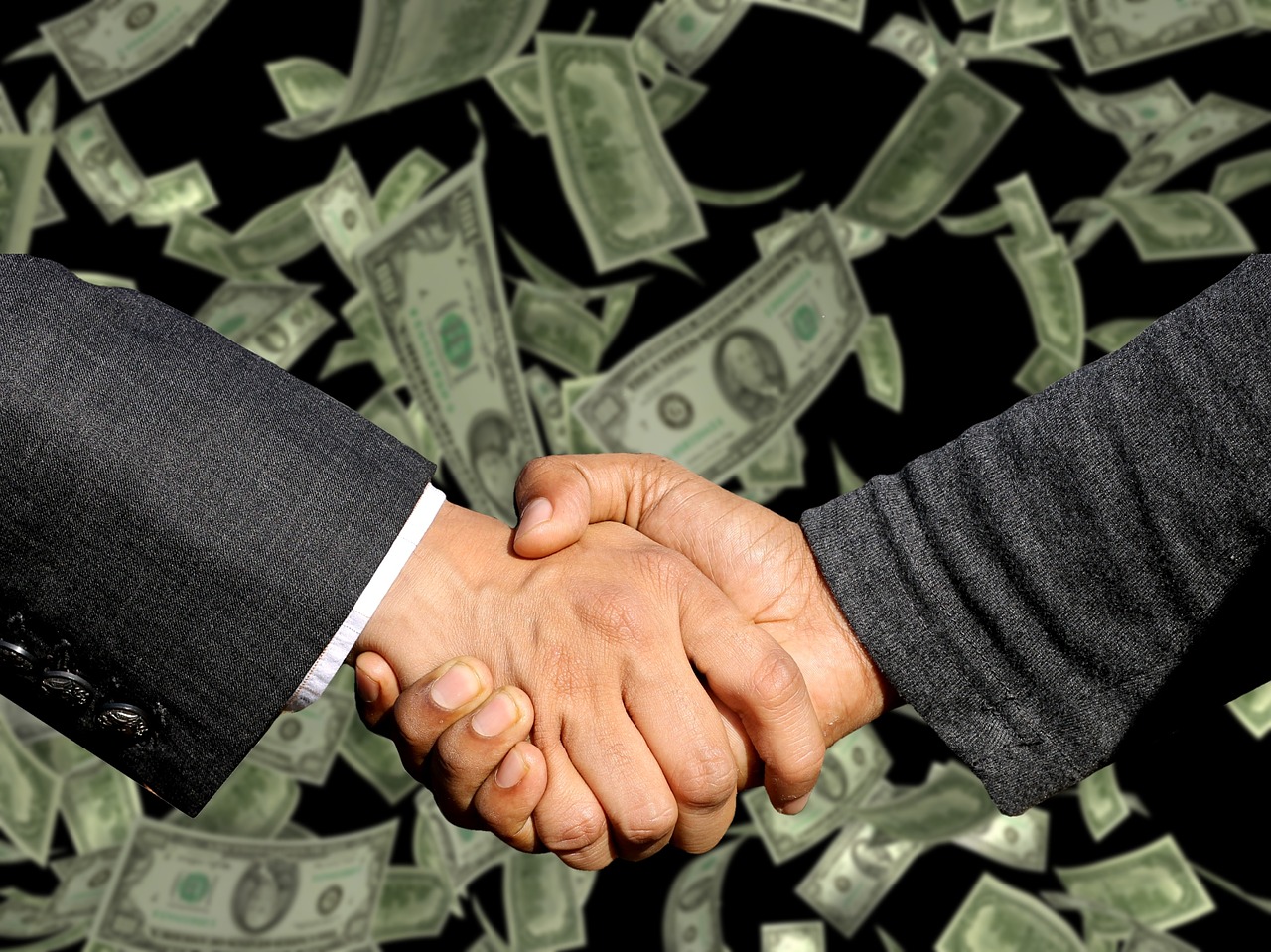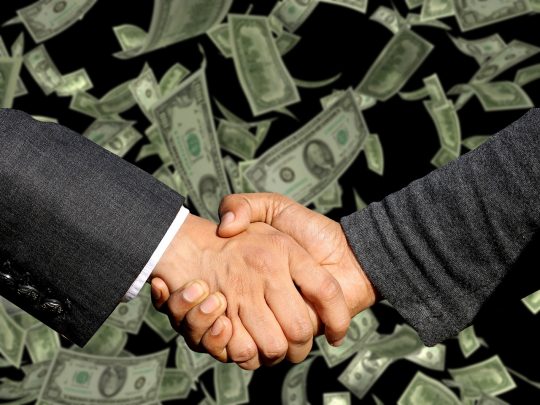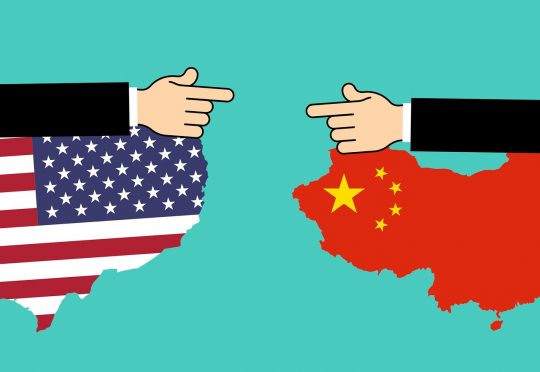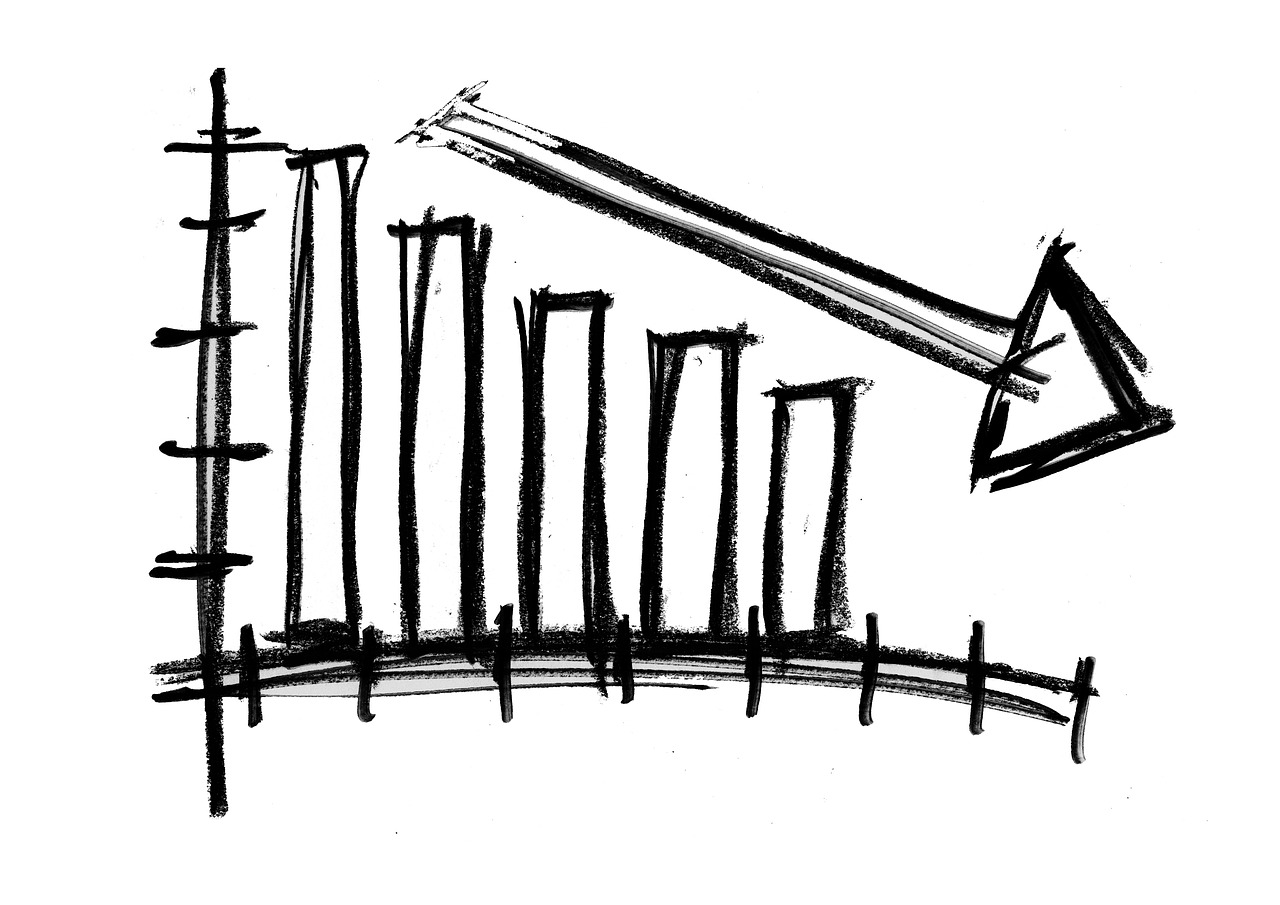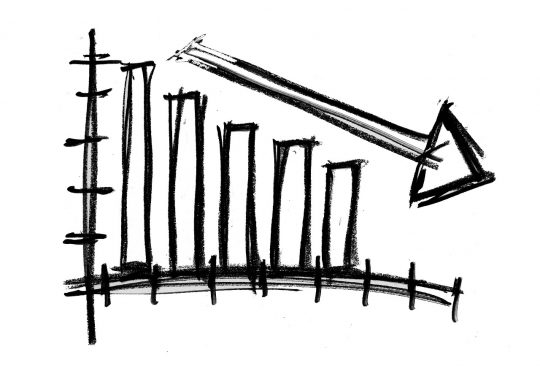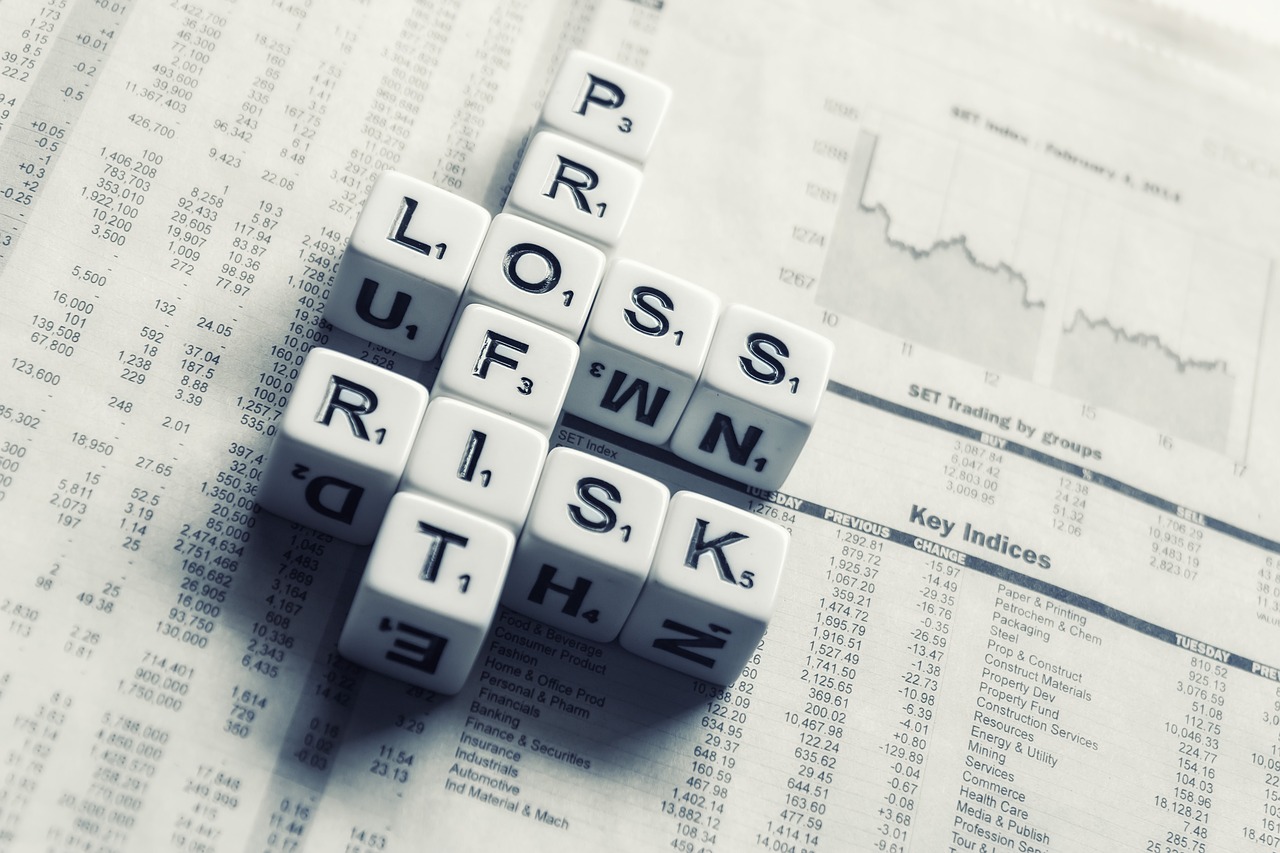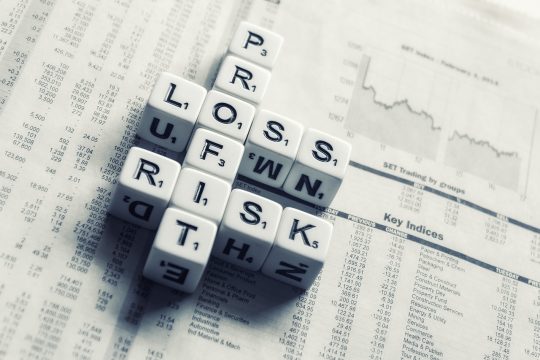 For the very first time since the last financial crisis, the Federal Reserve has been forced to conduct an emergency intervention in the repo market. I know that a lot of people out there don’t know what the repo market is or how it works, and so let me start out with a very basic analogy that may help people understand what we are facing. It doesn’t really matter how shiny your toilet is – if the pipes underneath don’t work, you are in a whole lot of trouble. The repo market plays a critical role in our financial system, because it allows our banks to rapidly borrow money to fund their short-term needs. But this week interest rates in the repo market started to shoot up to frightening levels, and the Federal Reserve was forced to intervene for the first time since the financial crisis of 2008. The following comes from Yahoo News…
For the very first time since the last financial crisis, the Federal Reserve has been forced to conduct an emergency intervention in the repo market. I know that a lot of people out there don’t know what the repo market is or how it works, and so let me start out with a very basic analogy that may help people understand what we are facing. It doesn’t really matter how shiny your toilet is – if the pipes underneath don’t work, you are in a whole lot of trouble. The repo market plays a critical role in our financial system, because it allows our banks to rapidly borrow money to fund their short-term needs. But this week interest rates in the repo market started to shoot up to frightening levels, and the Federal Reserve was forced to intervene for the first time since the financial crisis of 2008. The following comes from Yahoo News…
The New York Federal Reserve Bank on Tuesday stepped into financial markets for the first time in more than a decade to keep interest rates in line with the Fed’s target.
Analysts say the operation appears to have been successful but it caused some jitters, coming as the Fed’s policy-setting Federal Open Market Committee opens a two-day meeting expected to produce a second cut in the benchmark lending rate.
This is essentially a form of “quantitative easing”, and many are concerned that this temporary intervention will not fix the larger problems that have resulted in this crisis.
And of course officials at the Fed probably never imagined that they would be intervening so soon, but they were compelled to make a move when interest rates started to spiral wildly out of control on Monday and Tuesday…
The rate on overnight repurchase agreements hit 5% on Monday, according to Refinitiv data. That’s up from 2.29% late last week and well above the target range set in July by the Federal Reserve, which is 2% to 2.25%. The surge continued Tuesday, with the overnight rate hitting a high of 10% before the NY Fed stepped in.
An “overnight repo operation” was hastily put together as interest rates soared, and it ultimately resulted in 53 billion dollars being injected into our financial system…
On Tuesday morning, the NY Fed launched what’s called an “overnight repo operation,” during which the central bank attempts to ease pressure in markets by purchasing Treasurys and other securities. The goal is to pump money into the system to keep borrowing costs from creeping above the Fed’s target range .
The first attempt by the NY Fed was canceled because of “technical difficulties.” Minutes later, the NY Fed successfully injected $53 billion into the system.
And guess what?
The Fed has already announced that they are going to do it again on Wednesday, and this time the goal will be to inject approximately 75 billion dollars into the system.
If that sounds absurd to you, that is because it is absurd.
Sadly, the truth is that our financial system is starting to show signs of serious distress for the first time in more than a decade, and nobody is quite sure what is going to happen next.
But everyone agrees that the Fed being forced to intervene in the marketplace is not a good sign. In fact, one industry veteran said that it “is without a doubt one of the worst things that can happen”…
“If the plumbing doesn’t work, then it’s going to dramatically affect secondary trading of Treasuries. Which is the last thing they need when there’s massive issuance going on.
“This is without a doubt one of the worst things that can happen. In many respects it overshadows the Fed moving tomorrow, because if the plumbing doesn’t work everything starts to break down. Everything is predicated upon your getting a reasonable funding rate. Otherwise why would you buy this paper to begin with. If you’re funding your overnight position at 6 why would you buy a 10-year at 2?
And now that the Fed has begun to intervene, when will they be able to stop?
Will they have to keep doing it for the rest of the week?
And what happens if interest rates begin to go wild again next week or next month?
In essence, Pandora’s Box has now been opened, and things could get really crazy moving forward. According to Zero Hedge, if this currently repo operation is not sufficient to calm things down, the Fed could soon formally launch a new quantitative easing program…
While the Fed did not disclose how many banks participated in the operation, it is safe to say it was a sizable number. Worse, the result from today’s unexpected repo operation, we can now conclude that in addition to $1.3 trillion in ‘excess reserves’, a Fed which is now cutting rates and will cut rates by 25bps tomorrow, the US financial system somehow found itself with a liquidity shortfall of $53 billion that almost paralyzed the interbank funding market.
Oh, and for those wondering why the Fed did a repo, the answer is simple: it did not want to launch QE just yet. But make no mistake, once repo is insufficient, the Fed will have no choice but to escalate to the next step which is open market purchases.
Which brings us to the bigger question of how long such overnight repos will satisfy the market, and how long before the next repo rate spike prompts the Fed to do the inevitable, and restart QE.
Of course quantitative easing is something that should never be done unless we have a major crisis on our hands, and with each passing day it is becoming clearer that the global economy is headed for enormous trouble. In fact, we just received some more alarming news about global manufacturing…
The gloom of the world is centered around auto manufacturing, which is dragging on the global economy, fuelling fears that a worldwide trade recession has already begun.
The first domino to fall has been auto manufacturing, already hitting a near-record low in August, reported the Financial Times.
New data from IHS Markit global car industry purchasing managers’ index shows some of the sharpest declines across all sectors, not seen since 2009.
It is time to “batten down the hatches”, because rough weather is ahead.
Over and over again we keep seeing trouble signs that we haven’t seen since the last financial crisis, but most Americans still seem convinced that everything is going to be okay.
This move by the Fed is one of the biggest red flags yet, but I have a feeling that what we have seen so far is just the tip of the iceberg.
 About the author: Michael Snyder is a nationally-syndicated writer, media personality and political activist. He is the author of four books including Get Prepared Now, The Beginning Of The End and Living A Life That Really Matters. His articles are originally published on The Economic Collapse Blog, End Of The American Dream and The Most Important News. From there, his articles are republished on dozens of other prominent websites. If you would like to republish his articles, please feel free to do so. The more people that see this information the better, and we need to wake more people up while there is still time.
About the author: Michael Snyder is a nationally-syndicated writer, media personality and political activist. He is the author of four books including Get Prepared Now, The Beginning Of The End and Living A Life That Really Matters. His articles are originally published on The Economic Collapse Blog, End Of The American Dream and The Most Important News. From there, his articles are republished on dozens of other prominent websites. If you would like to republish his articles, please feel free to do so. The more people that see this information the better, and we need to wake more people up while there is still time.



